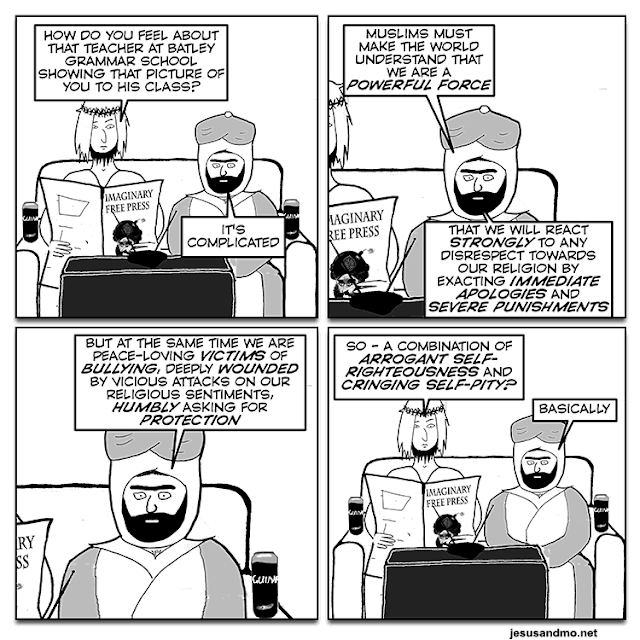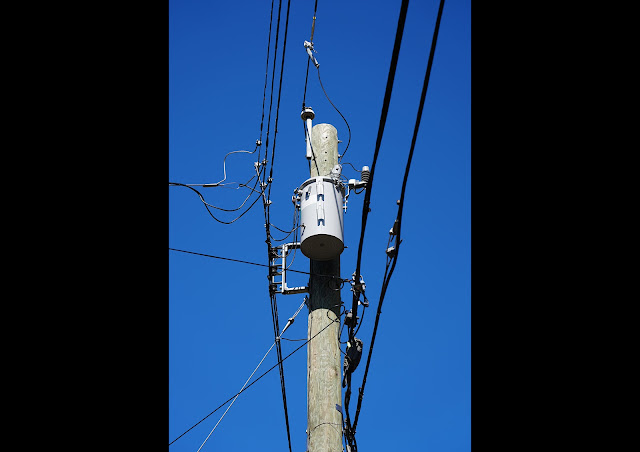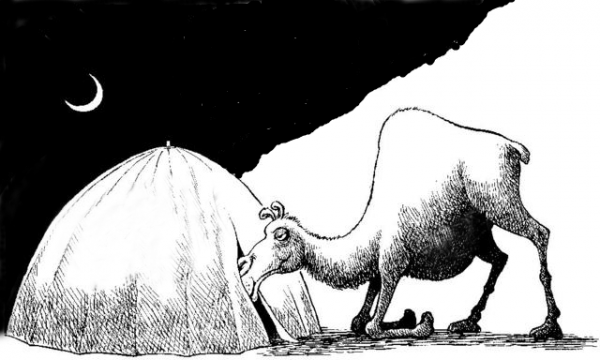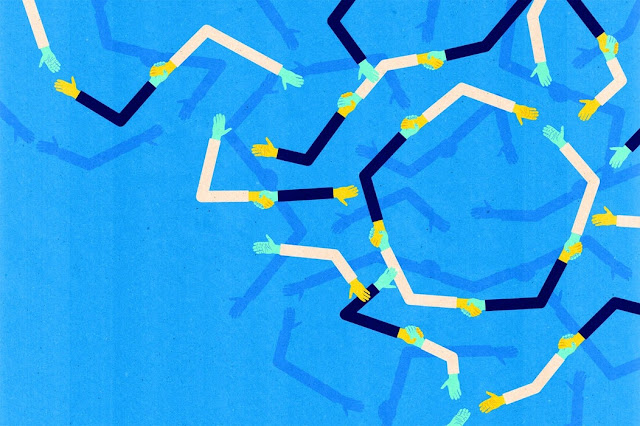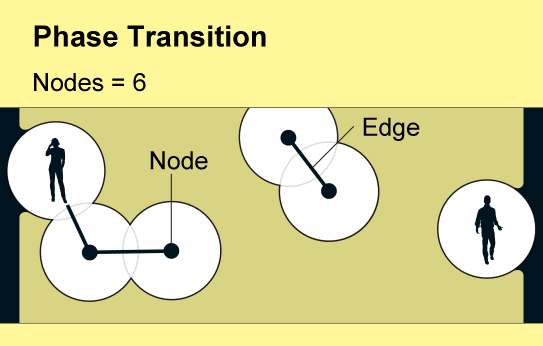Wednesday, March 31, 2021
Tuesday, March 30, 2021
Random Walks/Winter's End
Sunday, March 28, 2021
Friday, March 26, 2021
Thursday, March 25, 2021
It's about time ...
Getting Stuck & then some :)
A disparity of size comes to mind here as a tiny bulldozer goes out to try to unstick the Ever Given, a huge cargo ship wedged in in the Suez Canal, thus holding up 12% of the world's trade 24/7. The Guardian and Austin Powers memes rule in trying to free up this monster to get the canal up and running again.
But it does get better, way better. :)
Wednesday, March 24, 2021
Science ... designed to be questioned
Science ... designed to be questioned, the opposite of religion, designed to be obeyed, strikes yet again, this time dealing with the potential shortcomings of the Standard Model as forces and entities like Dark Matter cannot be explained using this existing theory of physics.
Tuesday, March 23, 2021
To assume is to err ...
Monday, March 22, 2021
The Camel's nose ...
Sunday, March 21, 2021
Jovian light show rules
Saturday, March 20, 2021
No apology needed
No apology, no groveling, just shameless bastards trying to hold unto their position of power no matter what their transgression may be whether it involves corruption, theft of public monies or inappropriate behavior with women, it matters not to our so called leaders of 2021.
To whit.
Smart move to the max
What a smart move, cover canals with solar panels, thus killing two birds with one stone ...
- Reducing evaporation and
- Generating water cooled power as solar panels lose power the hotter it gets.
It gets better.
Friday, March 19, 2021
By 2045 ...
Losing to China
Thursday, March 18, 2021
Oblivious to a fault
Have you ever had the experience of a walking texter, you know, the kind who's oblivious to their surroundings until they look up and you, and they, have to do a walk around because of this doofus imposing their will in a public space, an action akin to people not leashing their dogs, especially jumpers able to soil your clothes and piss you off to no end. Seems there's a scientific basis as to why this act is a total pain in the ass to us non-texting rubes.
Call it the Smartphone Six-Step. Grab your partner, do-si-do, and toss them into the street.
Each crowd has some leaders in front, and each of these is scanning the movements of their counterparts headed in the other direction to avoid collision. This interaction between leaders is known as mutual anticipation. “If it is me and you, at the same time I try to predict where you will be in the future, and you try to predict where I will be in the future,” says University of Tokyo computer scientist Claudio Feliciani, coauthor of a new paper describing the experiments in the journal Science Advances. Basically, you’re making split-second assumptions about how that person will behave and how you should respond appropriately. “And that's the mechanism that makes it possible to have this kind of collective pattern formation,” Feliciani adds.
A total PITA without question.
Evolution yet again
Artificial life evolution, can this happen? Interesting question is it not? Seems people have talked about this notion beginning in the 1950's when computing was but a dream save for visionaries like Alan Turing and John VonNewman, among significant others.
But what if it were all different? What would life look like if it did know where it was going?
The 1950s physicist Anatoly Dneprov wrote quirky and characteristically Soviet science fiction. His novel Crabs on the Island tells the story of two engineers conducting an experiment in cybernetics on a deserted island. A single self-replicating robot (a “crab”) is released, and forages for the raw materials to build other robots. Soon the island is overrun with baby robot crabs. But the crabs begin to mutate. Some are larger than others, and ruthlessly cannibalize the smaller robots for spare parts to build even larger robots. How would such an experiment end? Catastrophically, of course, as is consistent with the genre, with robot crabs spreading exponentially across the entire island.
But there is no certitude. Quantum and the only constant being that of change rules, even over super AI.
The Tao rules ...
Percolation test
AKA phase transitions from water to ice is percolation theory writ large from this writer's perspective.
Awesome article to the max. Read SA's detailed piece The Mathematics of How Connections Become Global in its entiredty to learn why chaos and phase transitions rule.
Had to add another :)
Credit: Jen Christiansen (graphic); Wee People font, ProPublica and Alberto Cairo (figure drawings)
Wednesday, March 17, 2021
2012 ...
TWO MONTHS EARLIER, Hinton and his students had changed the way machines saw the world. They built what was called a neural network, a mathematical system modeled on the web of neurons in the brain, and it could identify common objects—like flowers, dogs, and cars—with an accuracy that had previously seemed impossible. As Hinton and his students showed, a neural network could learn this very human skill by analyzing vast amounts of data. He called this “deep learning,” and its potential was enormous. It promised to transform not just computer vision but everything from talking digital assistants to driverless cars to drug discovery.
Hinton, however, never quit pursuing his dream.
Read Wired's long & detailed piece on the start of AI, a story reminding one of the intensity of a high stakes poker game finally resulting as to what entity got the gold ring, thus cementing their stake as the major player in an open ended tech fraught with potential and danger of the third kind.
Tuesday, March 16, 2021
Threading the needle & then some
A traversable wormhole would be a shortcut through space. (ESO/L. Calçada
Seems traversable wormholes are possible but how traversable remains the question of the day.
Monday, March 15, 2021
What an ecological crisis looks like ...
Along the Third Ring Road near the CCTV tower. Credit... Gilles Sabrié for The New York Times
Any questions?

